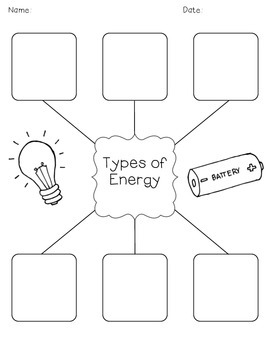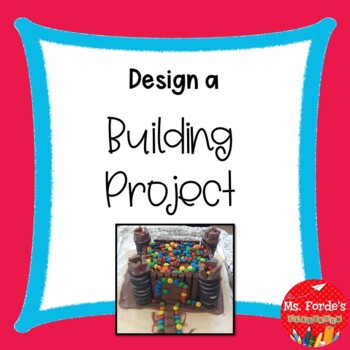I had attended an excellent science course during the summer and got lots of new experiments and ideas. So last year, I decided to use rockets as my theme for science week.
 |
| Click here to download |
Each day we constructed a different type of rocket so by Friday we had made 5 different rockets.
- Mouse rocket
- Straw rocket
- Balloon rocket
- Foam rocket
- Fizzy rocket


I had 4th and 5th class last year so they also guided the younger classes to make some of the rockets once they had learned to do it. Two senior children worked with two children in the junior room to help them make the straw and mouse rocket. My class loved being the 'teachers'!
We also had rocket launches and races outside which the children really loved. It was one of my favourite science lessons as a teacher as all the children were excited to get involved and they had rockets to bring home at the end of the week.
I have put together a pack which contains detailed outlines of how to make the different rockets, prompt questions to challenge the children and get them thinking, an ideas page to integrate it with other subject areas as well as activity sheets for the children.
Just click on the image below to download it!
Happy Science Week everyone!
Here is a nice video that explains rocket launches and landings for children!















































